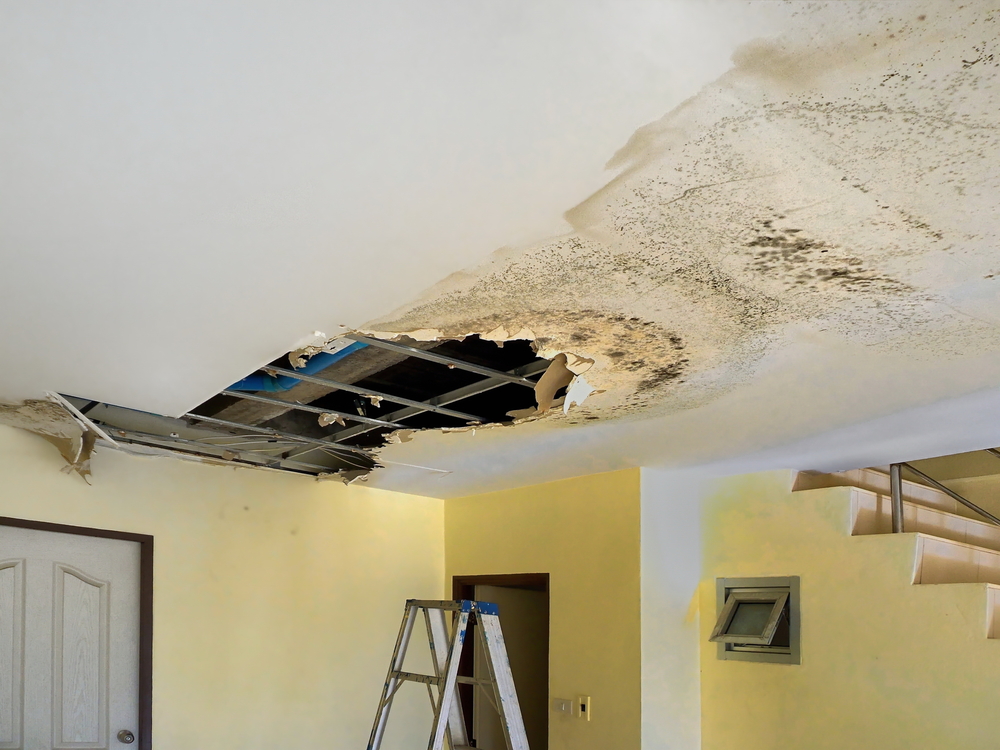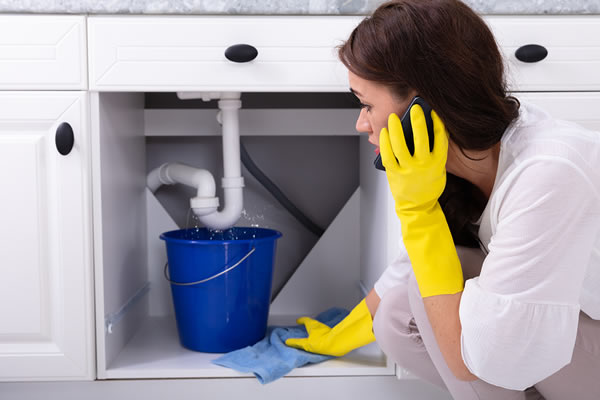6 Methods to Spot Covert Water Line Leaks Efficiently
6 Methods to Spot Covert Water Line Leaks Efficiently
Blog Article
Presented here down the page you will find some superb guidance related to Leaking water lines.

Early detection of leaking water lines can alleviate a potential disaster. Some little water leakages may not be noticeable.
1. Take A Look At the Water Meter
Every house has a water meter. Checking it is a proven manner in which assists you find leakages. For beginners, turn off all the water sources. Make sure nobody will flush, make use of the tap, shower, run the cleaning machine or dish washer. From there, go to the meter and watch if it will certainly alter. Given that no one is utilizing it, there must be no movements. That suggests a fast-moving leakage if it moves. Furthermore, if you detect no changes, wait a hr or 2 and inspect back once more. This means you may have a slow leak that might also be below ground.
2. Check Water Intake
Assess your water bills and also track your water usage. As the one paying it, you must discover if there are any type of discrepancies. If you spot sudden changes, despite your intake coinciding, it suggests that you have leaks in your plumbing system. Bear in mind, your water costs must drop under the same variety on a monthly basis. An abrupt spike in your expense shows a fast-moving leak.
At the same time, a consistent increase on a monthly basis, despite having the very same habits, shows you have a slow leakage that's additionally slowly rising. Call a plumber to thoroughly check your residential property, particularly if you feel a cozy area on your flooring with piping underneath.
3. Do a Food Coloring Test
30% comes from toilets when it comes to water consumption. Test to see if they are running correctly. Drop specks of food shade in the tank and also wait 10 minutes. If the color in some way infiltrates your bowl during that time without flushing, there's a leakage in between the tank as well as dish.
4. Asses Exterior Lines
Do not neglect to examine your outside water lines too. Should water permeate out of the connection, you have a loose rubber gasket. One small leak can lose lots of water and surge your water bill.
5. Analyze the circumstance and examine
Home owners ought to make it a routine to examine under the sink counters and even inside cupboards for any kind of bad odor or mold growth. These two red flags suggest a leakage so punctual focus is called for. Doing regular inspections, also bi-annually, can conserve you from a major issue.
Examine for discolorations as well as damaging as most devices and also pipelines have a life expectancy. If you presume dripping water lines in your plumbing system, do not wait for it to rise.
Early detection of leaking water lines can alleviate a prospective catastrophe. Some small water leaks may not be visible. Examining it is a proven means that aids you find leaks. One tiny leakage can lose lots of water and increase your water expense.
If you think dripping water lines in your plumbing system, do not wait for it to escalate.
WARNING SIGNS OF WATER LEAKAGE BEHIND THE WALL
PERSISTENT MUSTY ODORS
As water slowly drips from a leaky pipe inside the wall, flooring and sheetrock stay damp and develop an odor similar to wet cardboard. It generates a musty smell that can help you find hidden leaks.
MOLD IN UNUSUAL AREAS
Mold usually grows in wet areas like kitchens, baths and laundry rooms. If you spot the stuff on walls or baseboards in other rooms of the house, it’s a good indicator of undetected water leaks.
STAINS THAT GROW
When mold thrives around a leaky pipe, it sometimes takes hold on the inside surface of the affected wall. A growing stain on otherwise clean sheetrock is often your sign of a hidden plumbing problem.
PEELING OR BUBBLING WALLPAPER / PAINT
This clue is easy to miss in rooms that don’t get much use. When you see wallpaper separating along seams or paint bubbling or flaking off the wall, blame sheetrock that stays wet because of an undetected leak.
BUCKLED CEILINGS AND STAINED FLOORS
If ceilings or floors in bathrooms, kitchens or laundry areas develop structural problems, don’t rule out constant damp inside the walls. Wet sheetrock can affect adjacent framing, flooring and ceilings.
https://www.servicemasterbyzaba.com/blog/how-to-detect-water-leakage-in-walls/

As a devoted person who reads about Detecting hidden plumbing leaks, I figured sharing that editorial was a good thing. Sharing is good. You never know, you will be helping someone out. Thanks a lot for going through it.
Leak? Reach out! Report this page